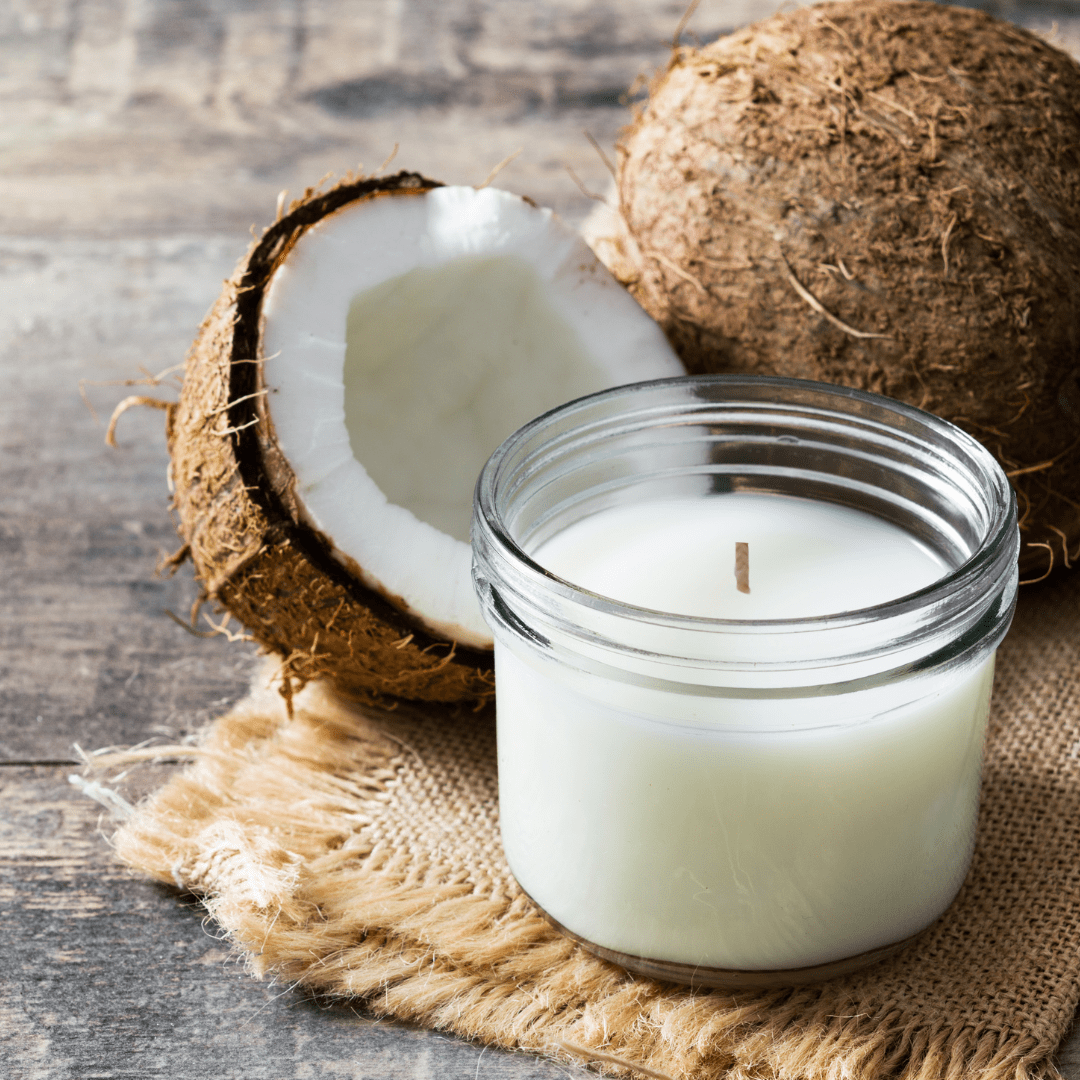From Wick to Wax: Recognizing the Chemistry Behind Soy Wax Candles and Their Ecological Influence
As we brighten our areas with the cozy glow of candles, there exists a world of intricate chemistry behind the apparently simple act of lighting a soy wax candle. The choice in between soy and paraffin wax expands past plain looks, diving into the world of environmental impact and the very structure of the products. Understanding the molecular structure of soy wax and its burning process loses light on the discharges released into our environments. Join us as we decipher the clinical ins and outs behind soy wax candles and discover their ramifications on our environment.
Soy Wax Vs. Paraffin Wax
When comparing soy wax and paraffin wax for candle production, it is important to comprehend the distinct qualities and advantages of each product. Soy wax is an all-natural, eco-friendly source stemmed from soybean oil, making it environmentally friendly and naturally degradable - crystal soy candles. On the other hand, paraffin wax is a result of petroleum refining, which elevates concerns about its environmental impact and sustainability
Soy wax candles burn cleaner and discharge much less soot compared to paraffin wax candles, making them a much healthier option for interior air quality. Furthermore, soy wax has a lower melting factor, enabling a longer-lasting candle light that distributes fragrance better. Paraffin wax, on the other hand, tends to burn faster and less cleanly, possibly launching unsafe chemicals right into the air.
From a sustainability point of view, soy wax is favored for its biodegradability and sustainable sourcing, aligning with the expanding consumer choice for ecologically aware items. While paraffin wax has actually been a standard selection in candle light making due to its price and simplicity of use, the shift towards eco-friendly choices like soy wax is obtaining momentum in the sector.
Chemical Structure of Soy Wax

Burning Process in Soy Candles
The chemical structure of soy wax straight affects the combustion procedure in soy candle lights, influencing variables such as shed time, scent launch, and ecological effect. When a soy candle is lit, the warmth from the flame thaws the wax near the wick. This fluid wax is then prepared the wick due to capillary action. As the liquid wax gets to the fire, it undergoes and vaporizes combustion. The combustion procedure entails the vaporized hydrocarbons in the wax reacting with oxygen in the air to generate warm, light, water vapor, and carbon dioxide.
The combustion effectiveness of soy candles is influenced by the pureness of the soy wax and the quality of the wick. A clean-burning soy candle with a correctly sized wick will certainly produce a steady flame and reduce soot development. This not just expands the shed time of the candle light however additionally boosts the release of fragrances. In addition, soy wax candles have a reduced environmental influence compared to paraffin candle lights as a result of their eco-friendly and sustainable nature.

Environmental Benefits of Soy Wax

Thought about a lasting choice to traditional paraffin wax, soy wax uses notable ecological advantages that make it a preferred option among eco-conscious browse around this web-site consumers. One significant advantage of soy wax is its renewable sourcing. Soy wax is stemmed from soybean oil, which is predominantly grown in the USA. The farming of soybeans aids sustain regional farmers and minimizes the reliance on non-renewable nonrenewable fuel sources utilized in paraffin wax manufacturing. In addition, soy wax is biodegradable, indicating it damages down naturally without releasing unsafe toxins into the setting. This characteristic makes soy wax candles an extra eco-friendly option contrasted to paraffin wax candles, which are made from petroleum, a non-renewable source. In addition, soy wax burns cleaner and creates less soot than paraffin wax, contributing to better indoor air top quality and reducing the need for cleaning and maintenance. In general, the environmental benefits of soy wax align with the go to this site growing demand for lasting and environmentally friendly items in the market.
Recycling and Disposal Considerations
Reusing and appropriate disposal of soy wax candle lights play an important function in maintaining environmental sustainability and reducing waste in families and communities. When it pertains to reusing soy wax candle lights, the very first step is to make sure that the candle light has actually melted completely. This can be accomplished by allowing the candle to shed till the wick is no more usable, and afterwards letting the remaining wax cool and strengthen. As soon as the wax has actually solidified, it can be very carefully removed from the container.

In terms of disposal, if recycling is not a choice, soy wax candle lights are naturally degradable and can be securely disposed of in a lot of household waste systems. Nonetheless, it is always recommended to consult local recycling facilities or waste management solutions for specific standards on candle light disposal to make sure appropriate handling and environmental defense.
Conclusion
Finally, the chemistry behind soy wax candle lights discloses their environmental benefits over paraffin wax candle lights. Soy wax, stemmed from soybean oil, burns cleaner and produces less residue when compared to paraffin wax. The combustion procedure in soy candles is much more effective, resulting in a much longer and extra also melt. In addition, soy wax is sustainable and eco-friendly, making it a much more lasting choice for candle light production. Recycling and correct disposal of soy wax candles further contribute to their environmental impact.
When comparing soy wax and paraffin wax for candle making, it is important to recognize the distinct attributes and advantages of each material (candles).Soy wax candle lights shed cleaner and send out less residue contrasted to paraffin wax candle lights, making them a healthier from this source option for interior air quality.Thought about a lasting alternative to standard paraffin wax, soy wax supplies noteworthy environmental benefits that make it a popular option among eco-conscious consumers. Soy wax burns cleaner and produces much less residue than paraffin wax, contributing to better indoor air quality and minimizing the requirement for cleansing and maintenance.In conclusion, the chemistry behind soy wax candles exposes their ecological benefits over paraffin wax candles